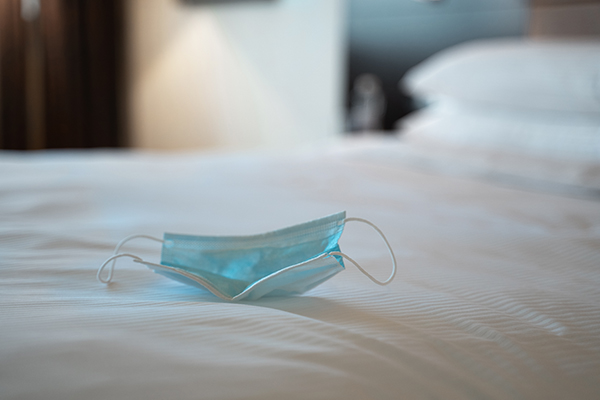How COVID-19 jumped a corridor and the simple ‘tweak’ that can stop it happening again

An epidemiologist has played down fears that COVID-19 is travelling through air conditioning systems in hotel quarantine, and explained what’s really happening.
The virus is believed to have jumped a corridor, spreading from an infected family of five to a woman in the room opposite earlier this week.
Epidemiologist from the Australian National University, Professor Tony Blakely, says the scenario is not cause for panic, and a simple tweak can reduce the risk of it happening again.
“A lot of those rooms seem to be at relative positive pressure, in other words the weather inside is at a higher pressure than the corridor because of air conditioning, so when you open the door some will go out,” he told Ross and Russel.
“If somebody at the opposite side opens the door at the same time … a whole lot of droplets and particles could move up to two metres.
“I think there is a need to tweak what we do, so two doors don’t open at the same time if they’re close to each other.”
Professor Blakely also suggested additional protection for workers patrolling hallways, after a tennis hotel employee contracted COVID-19 despite following all precautions.
“I do think we need to look at the corridors to make sure that in some ways that’s not sucking a whole lot of potentially infected air out of rooms and into the corridors, putting at risk people even a few metres away,” he said.
He says there’s a need to tweak “what we do with the people in the corridors and make sure they have eye protection”.
Press PLAY below for more.















